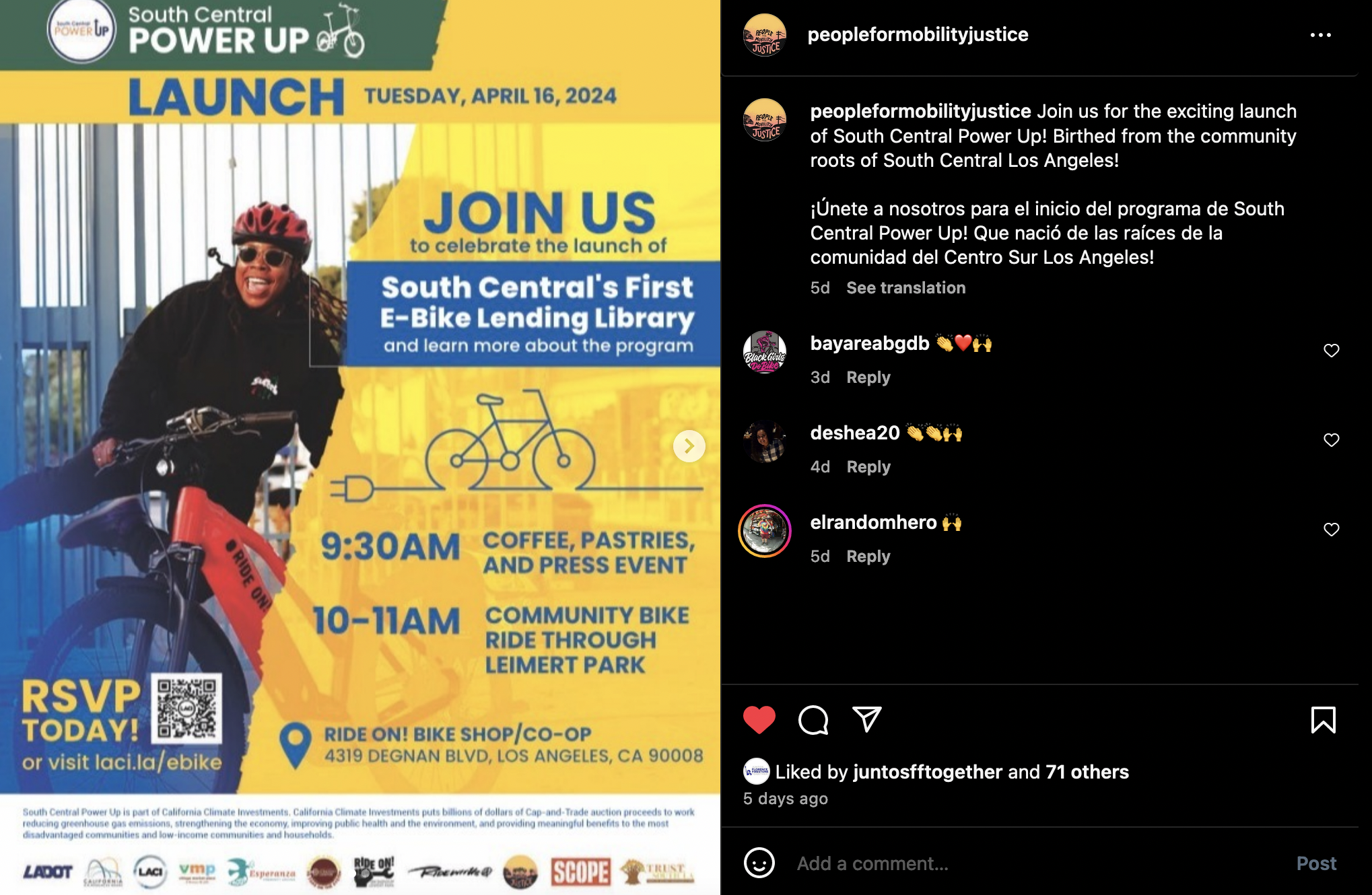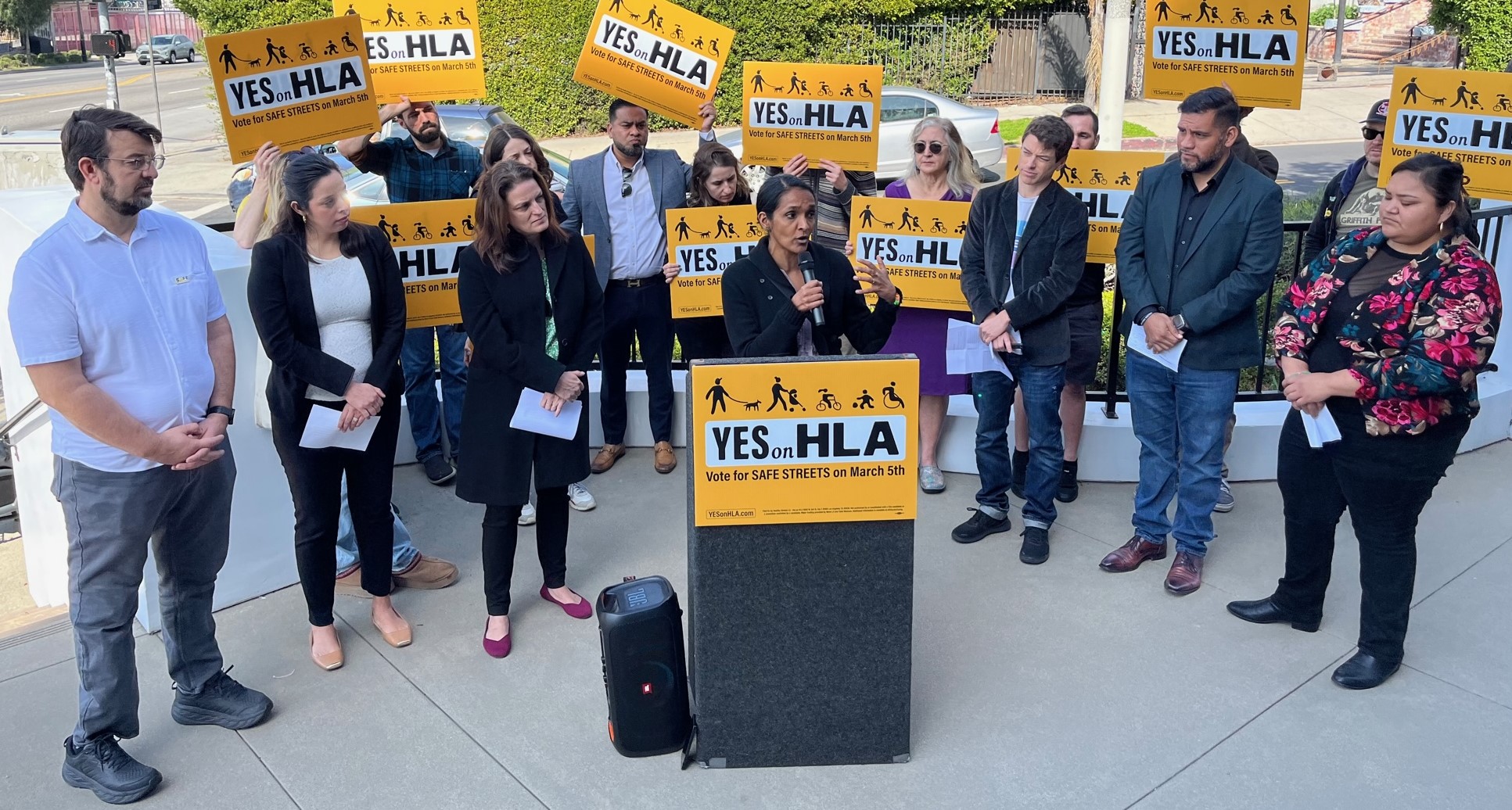The White House Council of Economic Advisers' first annual report under President Obama made headlines
today for its gloomy job-creation outlook, but tucked inside its 462
pages is a tangible reflection of a changed outlook on transportation
policy under the new administration.
In
a section entitled Rescuing the Economy From the Great Recession, for
example, the president's economic aides name-check a series of
"Responsible Policies to Spur Job Creation."
One of those policies -- which neither the House nor the Senate
has chosen to add to their jobs bills this winter -- is an expansion of
the stimulus law's merit-based TIGER grant program, which many
transport reformers view as
a step towards a leveling of the playing field between transit and
roads. Here's the relevant section of the White House report:
Theexperience of the Recovery Act suggests that spending on infrastructureis an effective way to put people back to work while creating lastinginvestments that raise future productivity. For this reason, theAdministration is supporting an additional investment of up to $50billion in roads, bridges, airports, transit, rail, and water projects.Funneling some of these funds through programs such as theTransportation Investment Generating Economic Recovery (TIGER) programat the Department of Transportation, which is a competitive grantprogram, could offer a way to ensure that the projects with the highestreturns receive top priority.
The economic report
also touts the value of clean transport spending in its section on
energy policies to aid adaptation to climate change.
"Investments
in high-speed rail and public transit will increase energy efficiency
by improving both access and reliability, thus making it possible for
more people to switch to rail or public transit from autos or other
less energy-efficient forms of transportation," the president's
advisers wrote.
Will this White House support, however buried
it might be, help persuade congressional leaders to add more transit
and rail aid to any jobs bill that comes down the pike?
The prospects appear dim for now in the Senate, where a measure outlined yesterday by Majority Leader Harry Reid (D-NV) focused solely
on keeping the highway trust fund afloat until the end of the year, but
Senate environment committee chairman Barbara Boxer (D-CA) has suggested that more infrastructure spending could emerge as part of a second small-scale jobs plan.
House
Speaker Nancy Pelosi (D-CA), for her part, indicated in a statement
today that she was not prepared to abandon the transportation
provisions of her chamber's jobs bill, which included $27.5 billion for highways and $8.4 billion for transit but no TIGER money.
"We will work to ensure that critical pieces of the [House jobs bill] are enacted into law – including investments
in our roads, bridges, and public transit systems," Pelosi said.
The
biggest question mark, then, may be how long it takes the House and
Senate to achieve a workable deal -- and whether cash-strapped cities
and local transit agencies can wait that long before imposing more
service cuts and fare hikes.





